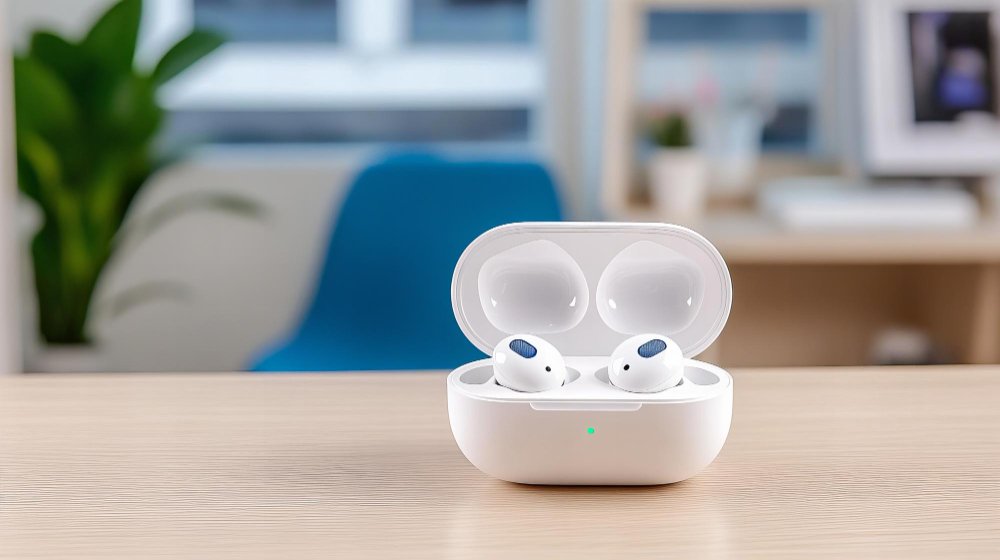Introduction: Earbuds vs IEM
Tech Gadget Update – Earbuds vs IEM. When people talk about earbuds and IEMs, they often mean the same thing. But there are some important differences between the two that you should know about before you buy either.
It’s simple to mix up IEMs and earbuds at first glance. All things considered, both are small, portable music players that are worn in the ear.
However, this is where the biggest difference lies: IEMs (in-ear monitors) are put right into the ear canal, while earbuds only rest on the outside of the ear.
At first glance, this difference may not seem important, but it has a lot of effects that we will now list.
Allow us to begin the guide!
Noise Isolation
Earbuds are usually made of plastic all the way through. The way they are made means that they should fit everyone. They work in a way that is similar to speakers that are right next to your ears. The outer ear fit and the fact that they are made of plastic don’t do a great job of blocking out noise.
The other way around, IEMs can block out much more noise because they fit right inside the ear canal.
IEMs also have ear tips that can be taken off and replaced. These tips come in a lot of different shapes and sizes. Some have two or three prongs that allow them to reach deeper into the ear canal and block out even more noise.
However, there is some small print here. Specifically, you can forget about the great noise isolation if you can’t seal your ears properly.
You must find the right ear tip in order to do this.
Please look at this guide, where we list the pros and cons of different ear tip forms and materials, to help you choose the right ones for you.
Anyway, once you find the right fit, you’ll notice another great thing about IEMs: the volume. IEMs can make sounds louder without necessarily putting more decibels in your ears.
Volume
The driver in this case is the sound source that is closest to your ear. This makes it easier to hurt your hearing.
The reason we often turn up the volume has nothing to do with the music itself, but this won’t happen if you don’t listen to music at awfully high settings.
A lot of the time, we have to turn up the sound to block out other noise.
Once you make a good seal, IEMs work pretty much like earplugs, blocking out a lot of outside noise.
As we’ve already talked about, earbuds don’t completely block out noise because they sit on the outside of the ear.
That means you have to turn up the noise if you’re using earbuds in a noisy place. It’s likely that you won’t be able to get rid of all the annoying background noise even then.
On the other hand, you can listen to music through IEMs at a lower volume and still hear it better because the background noise isn’t as loud. That’s why IEMs are now an important tool for everyone who goes to the gym.
People wear them in their ears and can only hear their own music. They block out other sounds.
It works both ways. So you can be aware of what’s going on around you, like when you’re running and want to hear the traffic.
When it comes to this, earbuds usually win, but high-end IEMs have modes that let you stay aware of what’s going on around you.
Sound Quality
You might also turn up the volume if you can’t hear all the details in the music. It’s possible that you just need to turn up the volume to eleven to enjoy the bass line on a certain track.
A lot of earbuds only have one dynamic engine.
In turn, each IEM can have more than one driver. Most of the time, there is a dynamic driver for the bass. The mids and highs, on the other hand, usually have at least one balanced armature driver.
It is not unusual for IEMs to have more than 5 drives. You can guess that these five drivers will always be better than the single driver in most earbuds when it comes to clarity and accuracy.
This doesn’t mean that there aren’t any IEMs with just one driver, though. As we already said, IEMs come in a wide range of prices, from cheap options to high-end, audiophile-grade, and even professional models.
This is why, unlike some other sources, we don’t use the sound quality or driver makeup as the main way to tell the difference between an earbud and an IEM. More on that later.
Conclusion: Earbuds vs IEM
In summary, choosing between earbuds and IEMs depends on your preferences for sound quality, noise isolation, and comfort. Earbuds rest on the outer ear and may be less effective in blocking external noise, often requiring higher volume in noisy environments. IEMs, however, fit into the ear canal, offering superior noise isolation and enhanced sound clarity, often with multiple drivers for richer audio. Both have unique advantages: earbuds provide awareness of surroundings, while IEMs deliver immersive listening with better noise control. Ultimately, your choice should align with your lifestyle and listening needs.



